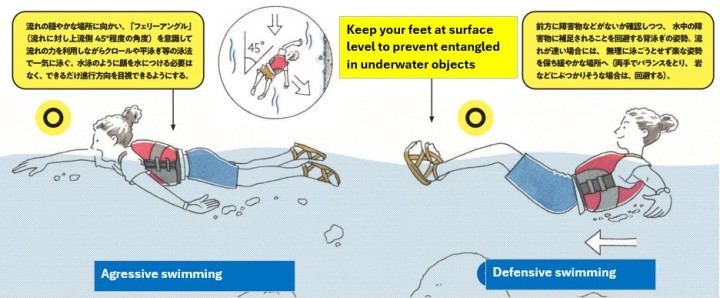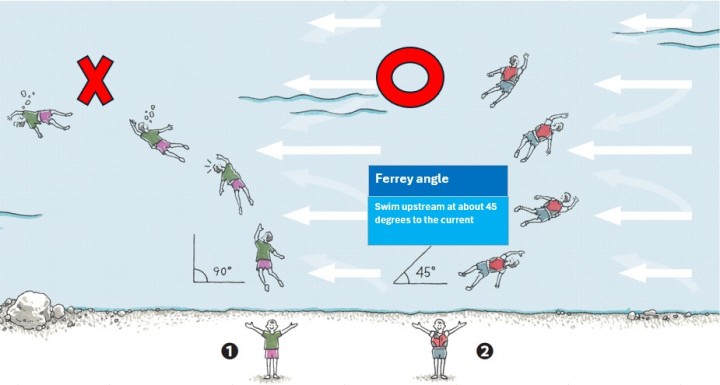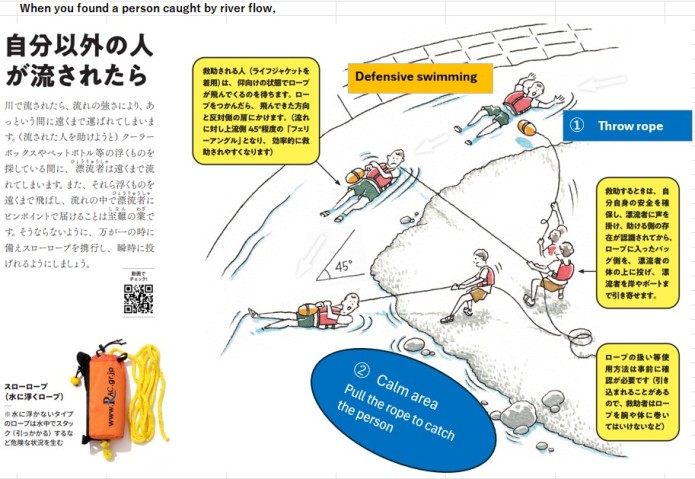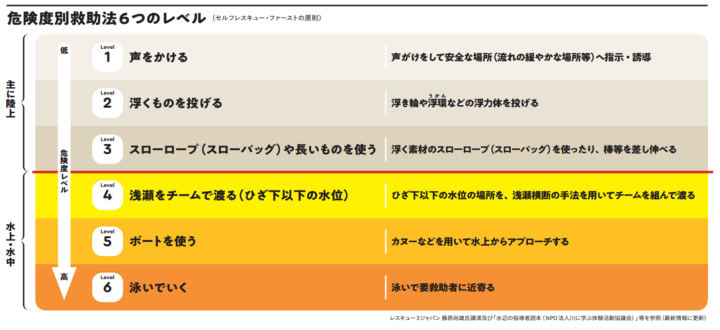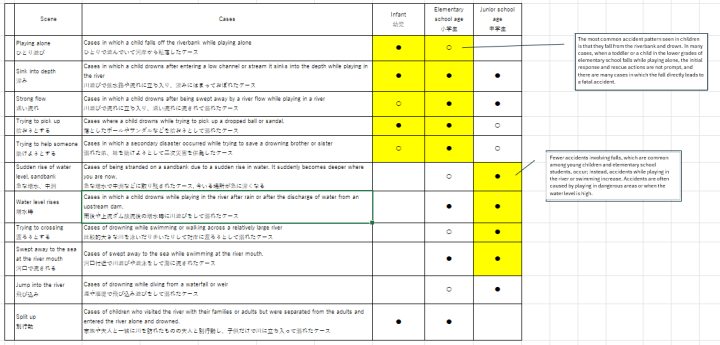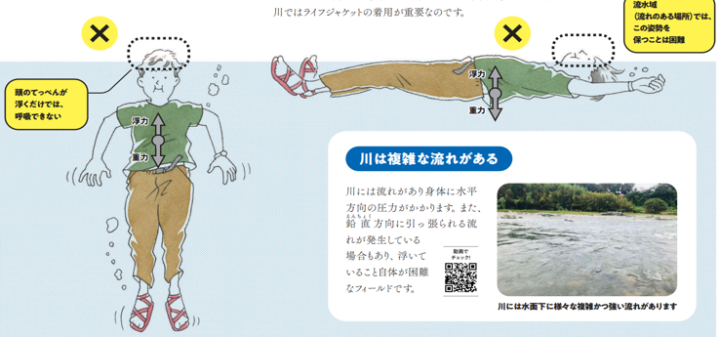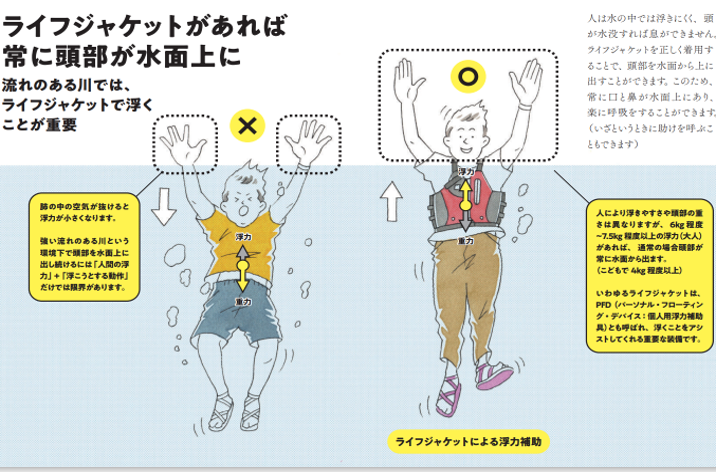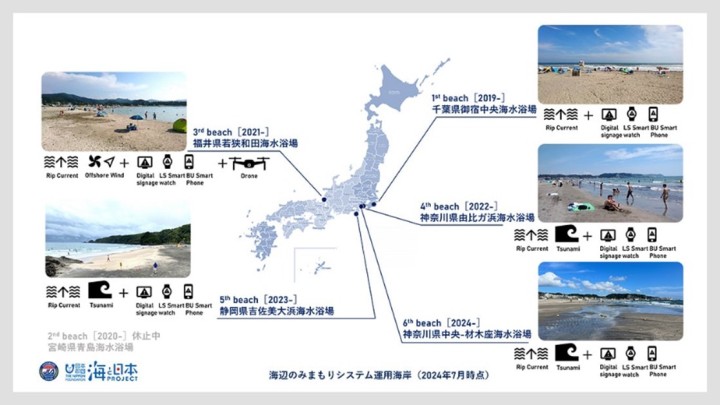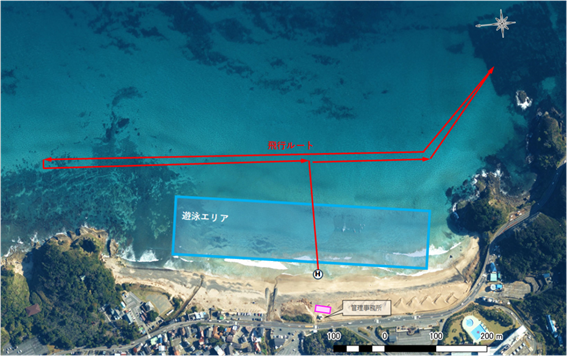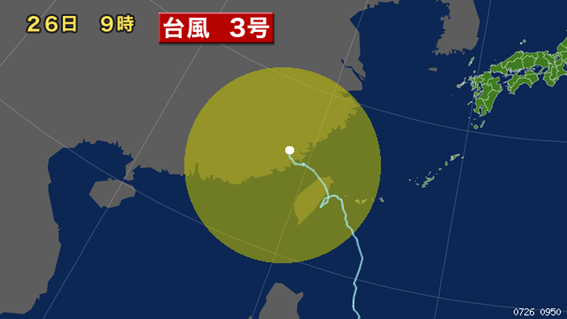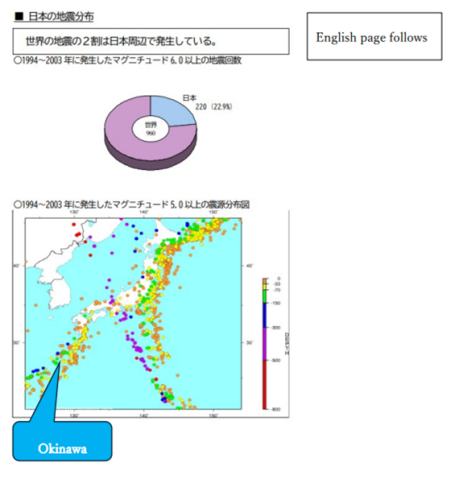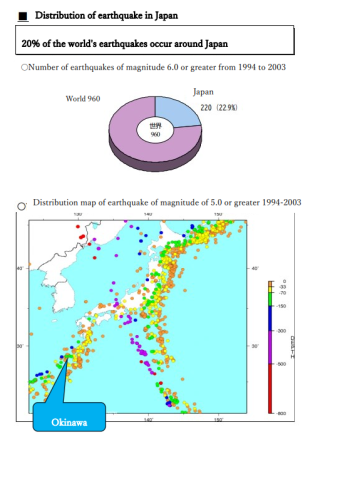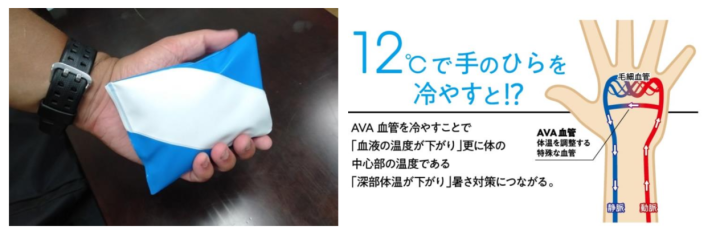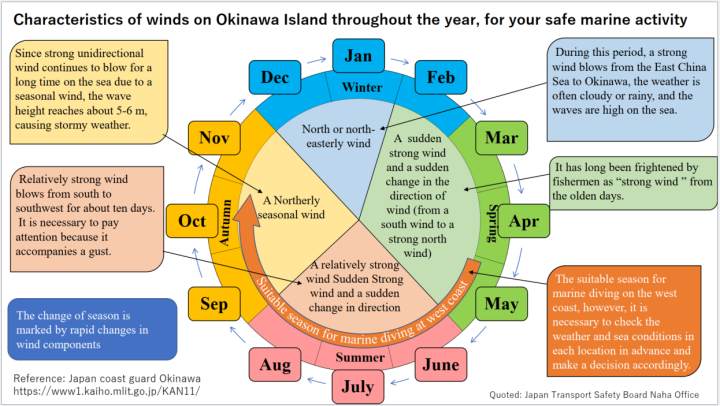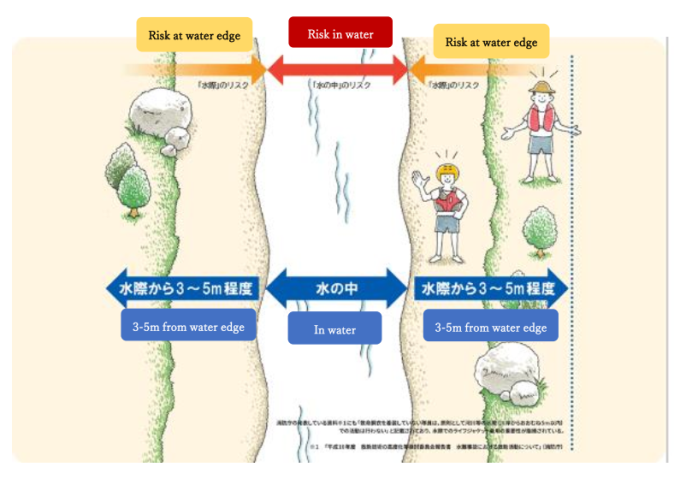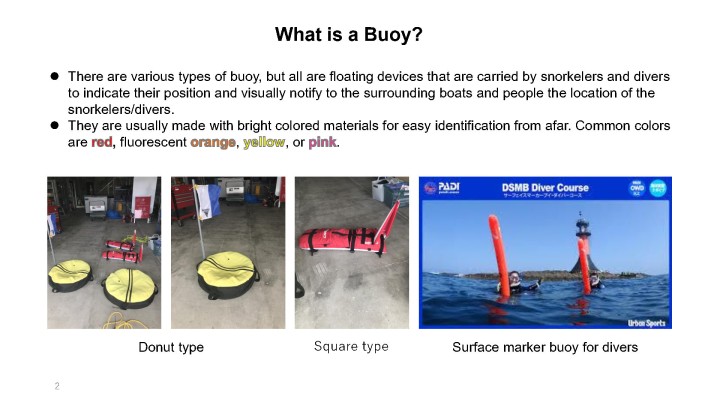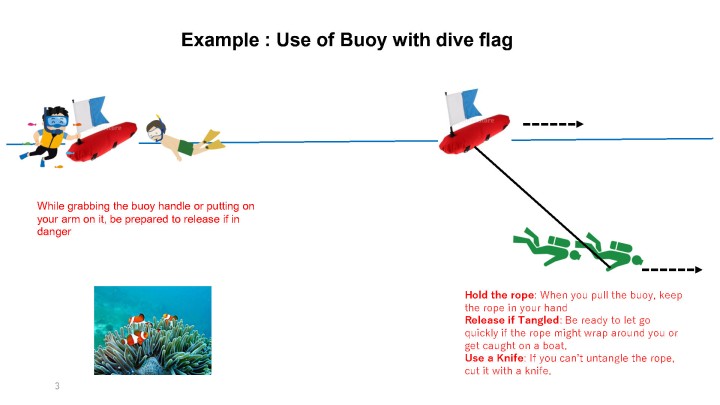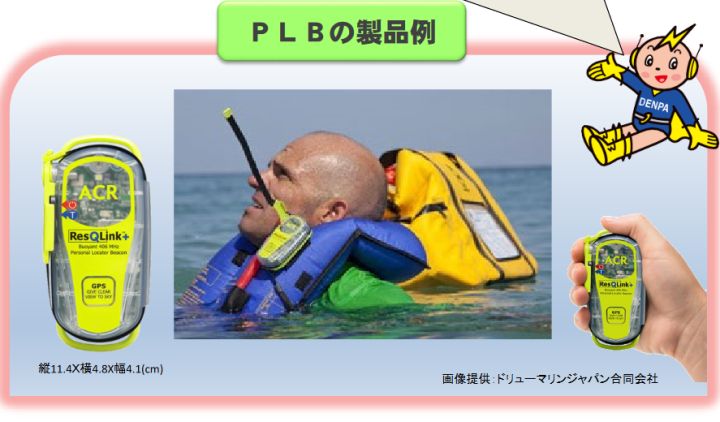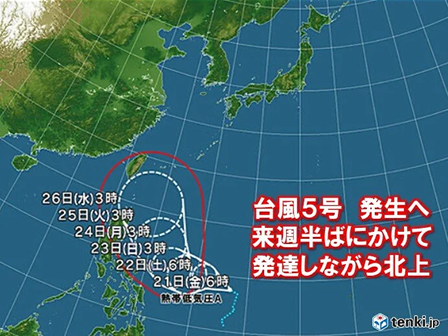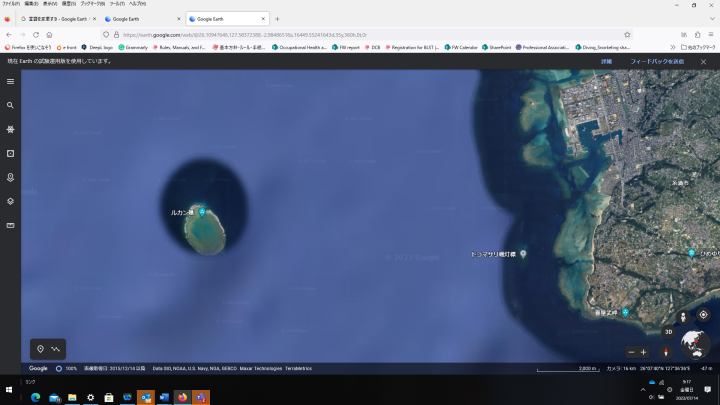Updated on 6th September 2024
The river hides a lurking danger beneath its serene surface (Part.3)
61% of water-related accidents involving children and young age (age 3-14) occur in rivers, lakes and ponds.
The fatal rate of young age is 2.7 times higher than sea! (%)
| River |
Lake, pond |
Sea |
Waterways |
Pool |
Other |
| 48.5 |
13.2 |
22.6 |
9.1 |
4.8 |
1.8 |
We would like to explain in three parts starting from today.
Part 1: Statics fatalities involving young age (Aug 23)
Part 2: Secondary accident while rescue operation by a person nearby (Aug 30)
▶Part 3: Risks and countermeasure (Sep 6)
1. Risk and Coutermeasures, how to prevent from drowning accidents in rivers
It is difficult to see rivers beneath water's surface from the land.
Rivers beneath the water’s surface are challenging to observe from land. Even if the river appears shallow where you are standing, it may become deep just a step ahead. The interior of a river is difficult to see from land, making it hard to determine whether the river is shallow or deep, especially since the water’s surface reflects light. The flow of a river is influenced by the river’s shape, the topography of the riverbed, and the flow rate. Specifically, there are deeper areas outside thebends due to erosion. In these areas, the water surface may seem calm, but beneath, there is an invisible, complex current that pulls water towards the river bottom. Additionally, there may be deeper sections near river structures due to local washouts and ditches.
2. Near miss top three experienced by the leaders of river activties
1. Slip
Many seawalls and shallow stones at the water’s edge are covered with moss, making them very slippery. Even dry stones and concrete can become slippery when wet. If someone slips and is swept into the main stream or deeper parts of the river, it can result in drowning.
2. Swept away, swept a leg by a river
At first glance, a river might seem calm. However, once you enter the water, the current is often much faster than expected. The speed of the flow can change in different areas. Even if the river is shallow, the flow can still carry you into deeper water.
3. Fall off, ground collapses
It can be hard to see through the vegetation, and sometimes you might step onto what looks like land, only to find that you are already in the river. Additionally, even at the water’s edge, there are areas where the soil and sand can easily collapse.
3. Water itself is a risk, such as:
1. Cannot breath
If water accidentally enters the airway, it triggers a severe cough reflex, preventing normal breathing. Advanced swimmers can float on their backs and cough repeatedly to expel the water safely. However, beginner swimmers cannot do this, and the violent cough reflex stops them from breathing, which can lead to death. Water entering through the nose can block the Eustachian tube, which connects to the ears, and affect the semicircular canals that regulate balance.
2. Loss of body heat
The thermal conductivity of water is more than 20 times that of air. For humans, the continuous loss of heat can be life-threatening. It is important to prevent the loss of body heat as much as possible during activities by wearing clothes that can dry easily even when wet or by wearing a wetsuit.
3. Flow exists
Unlike a school pool, water in a river flows continuously. For example, at a speed of 1 meter per second, the water moves 1 meter every second. In just a few seconds, the water can move to a place that is out of reach from the land. In a fast-moving river, even if people around you notice and try to help, you can be swept downstream or to the bottom of the river, making it impossible to take any countermeasures.
4. The flow is strong
Rivers have currents. Depending on the topography, volume of water, and other factors, the flow creates a complex and tremendous force.
We cannot resist these forces. To avoid danger, it is important to recognize the flow of water.
Prevention first!
River accident happens in an instant. If you can't breathe, the situation can be fatal in about a minute. It also takes several minutes or more for the fire department to arrive. In general, rescuing a person in the water is extremely difficult. Furthermore, the currents in the river mean that the situation changes from moment to moment. Therefore, it is of utmost importance to prevent accidents from happening!
If you caught by the river flow,
-
Do not attempt to stand up. In areas with fast flow, float or swim without standing up, even if the river is shallow and you can almost stand on your feet.
-
Do not attemp swim back to where you were
-
Find a calm area and evacuate to there











